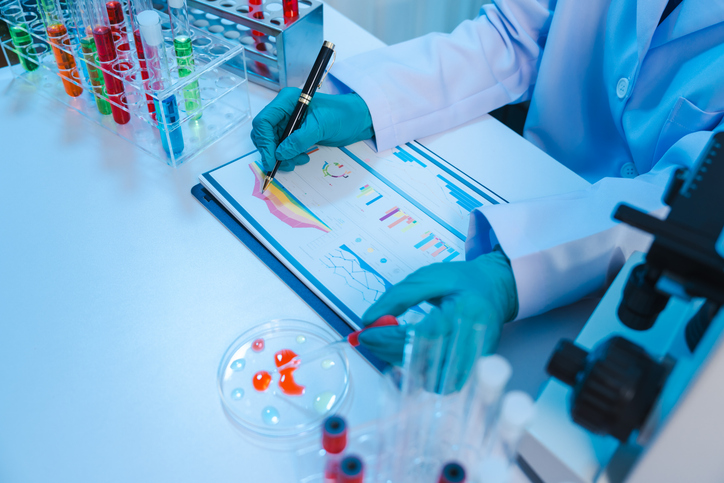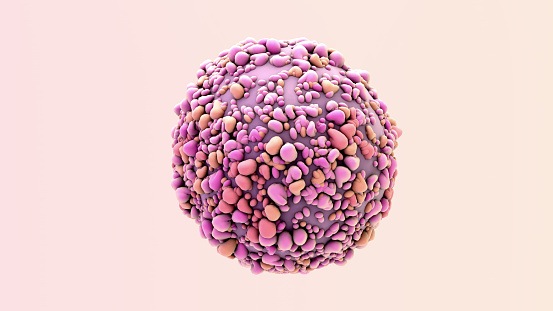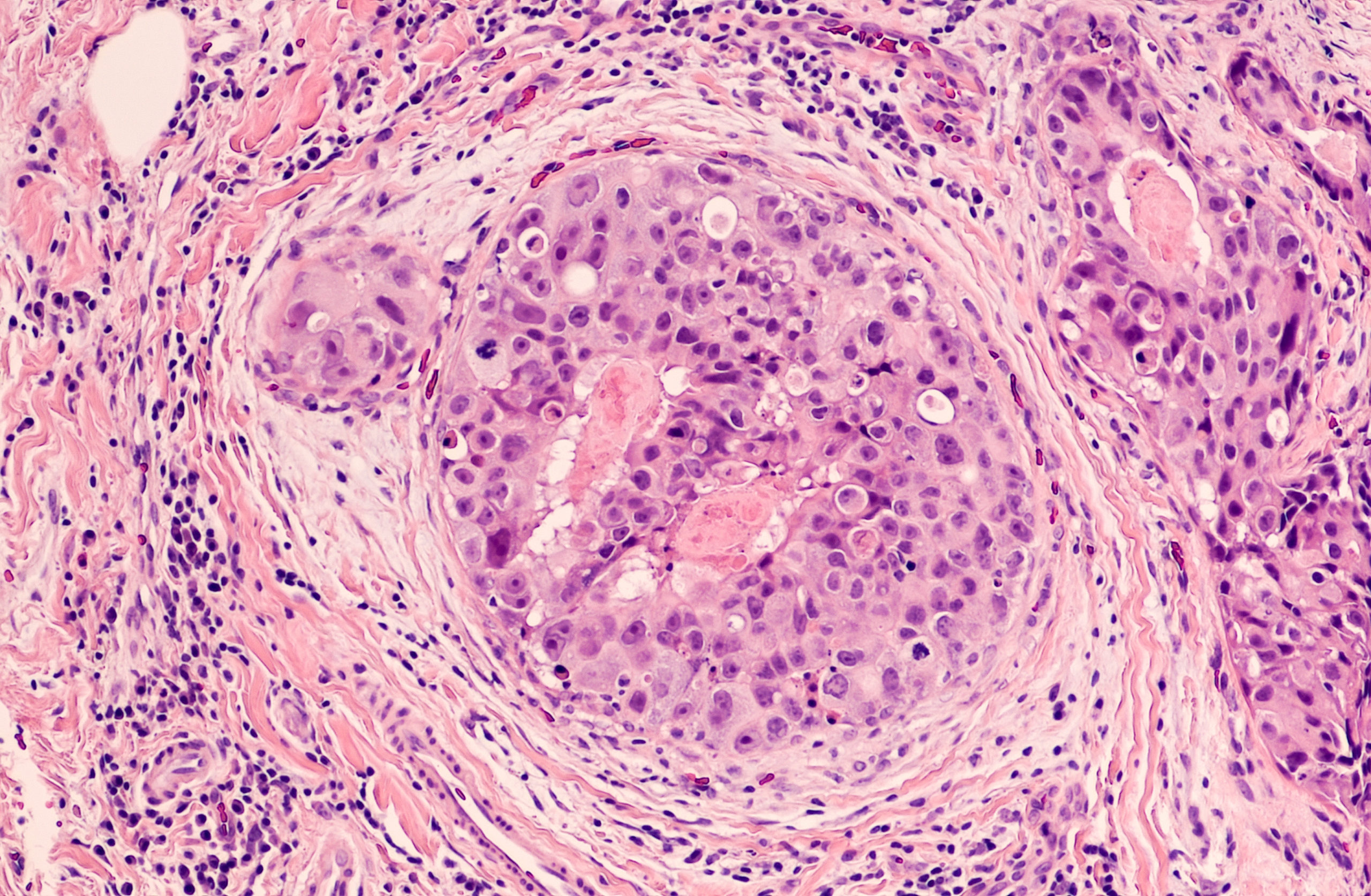
A study sought to determine if the persistence of cells with myelofibrosis-associated driver mutations following allogeneic hematopoietic stem cell transplantation (HSCT) was linked to outcomes. The findings will be presented at the 65th ASH Annual Meeting & Exposition, which is taking place December 9-12 in San Diego, California.
The study comprised 312 patients receiving first reduced-intensity conditioning transplantation. In terms of distribution of driver mutations in the population of interest, 67% of patients had JAK2 mutations, 19% had CALR mutations, 4% had MPL mutations, and 8% were triple-negative.
The average allele burden at time of allogeneic HSCT was notably different between driver mutations: 20% for JAK2, 44% for CALR, and 60% for MPL. The investigators observed that CALR and MPL showed earlier mutation clearance after transplantation compared with JAK2. They noted that mutation clearance was achieved at day 30 after allogeneic HSCT in 46% of patients with JAK2 mutations, 67% of those with CALR, and 30% of those with MPL. At day 100 after transplantation, 66% of JAK2, 75% of CALR, and 100% of MPL showed complete mutation clearance.
The researchers concluded that “this is the first study to show that CALR and MPL are associated with earlier mutation clearance after transplantation compared with JAK2. Mutation clearance at days 30 and 100 after transplantation was the best predictor of relapse and disease-free survival, independent of driver mutation status.”







 © 2025 Mashup Media, LLC, a Formedics Property. All Rights Reserved.
© 2025 Mashup Media, LLC, a Formedics Property. All Rights Reserved.